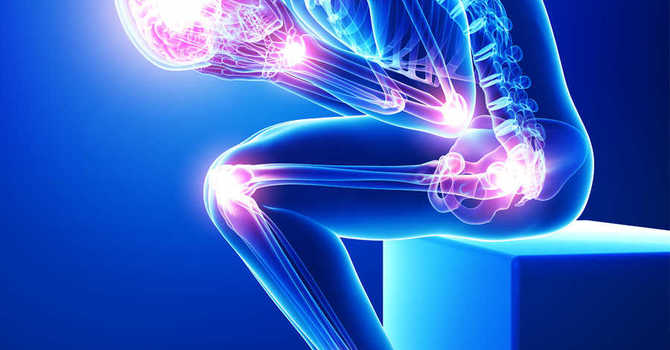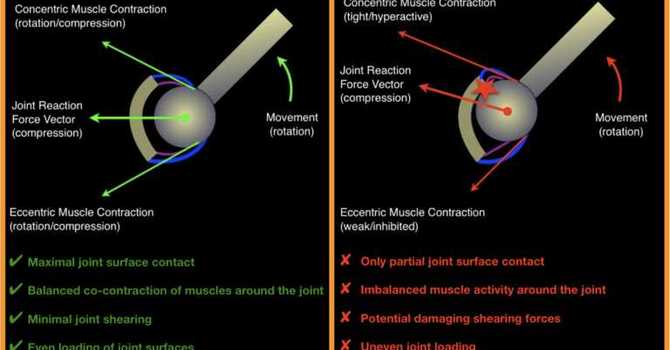
The musculoskeletal pain cycle refers to the complex interplay of physiological and psychological factors that perpetuate and exacerbate musculoskeletal pain. It involves various stages and mechanisms, including:
-
Initiation of Pain: Musculoskeletal pain can originate from various sources such as injury, overuse, inflammation, or structural abnormalities in bones, muscles, joints, ligaments, or tendons.
-
Inflammatory Response: When tissues are injured or stressed, the body initiates an inflammatory response. Inflammation serves as a protective mechanism to promote healing by increasing blood flow to the affected area and recruiting immune cells. However, chronic inflammation can contribute to ongoing pain.
-
Muscle Guarding and Tension: In response to pain, muscles may contract involuntarily to protect the affected area. This muscle guarding can lead to increased muscle tension, stiffness, and reduced flexibility. Prolonged muscle tension can further exacerbate pain and contribute to the development of trigger points or muscle knots.
-
Altered Movement Patterns: Pain can disrupt normal movement patterns as individuals may unconsciously modify their movements to avoid aggravating the painful area. These altered movement patterns can lead to muscle imbalances, joint dysfunction, and increased stress on surrounding tissues, perpetuating the pain cycle.
-
Psychological Factors: Emotional stress, anxiety, depression, and other psychological factors can influence the perception and experience of pain. Chronic pain can also contribute to psychological distress, creating a feedback loop where pain exacerbates emotional distress, which in turn amplifies the perception of pain.
-
Central Sensitization: Chronic pain can lead to changes in the central nervous system, resulting in heightened sensitivity to pain signals. This phenomenon, known as central sensitization, can cause the brain to perceive non-painful stimuli as painful and amplify the intensity of pain experienced.
-
Deconditioning and Weakness: Prolonged pain and reduced activity levels can lead to muscle deconditioning and weakness. Weak muscles may be less able to support and stabilize the affected joints, leading to further dysfunction and pain.
-
Sleep Disturbances: Chronic pain can disrupt sleep patterns, leading to fatigue and exacerbating pain sensitivity. Poor sleep quality can also impair the body's ability to heal and recover from injury.
-
Fear Avoidance and Catastrophizing: Individuals experiencing chronic pain may develop fear avoidance behaviors, avoiding activities or movements they associate with pain. Catastrophizing, or magnifying the perceived threat of pain, can further reinforce these avoidance behaviors and perpetuate the cycle of disability and distress.
Breaking the musculoskeletal pain cycle often requires a comprehensive approach addressing both physical and psychological factors. This may include pain management strategies such as chiropractic adjustments, joint mobilization, soft-tissue therapy, therapeutic exercise, stress management techniques, cognitive-behavioral therapy, medication, and other interventions aimed at restoring function, improving quality of life, and promoting healing.

Andrew Maloy
Contact Me



